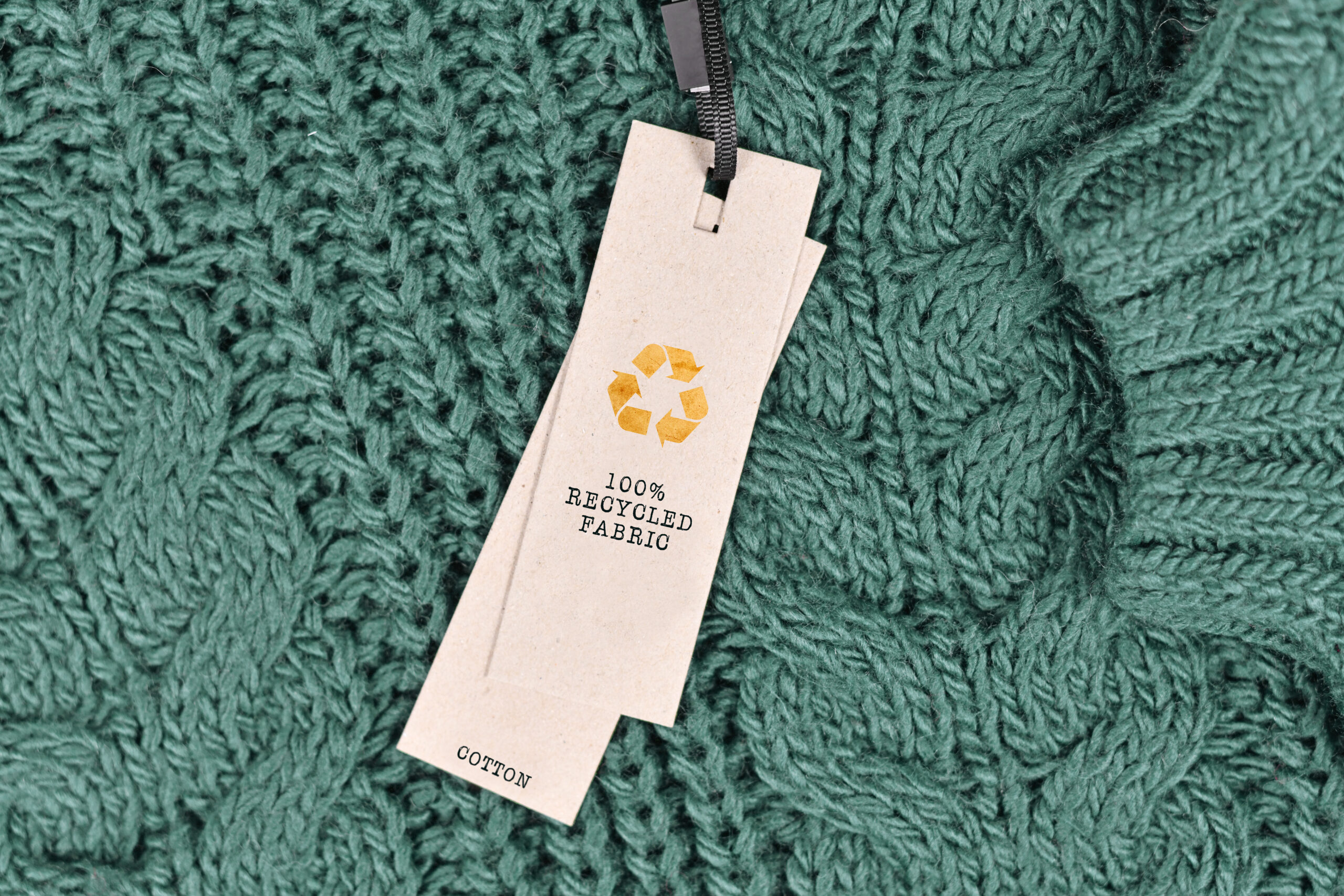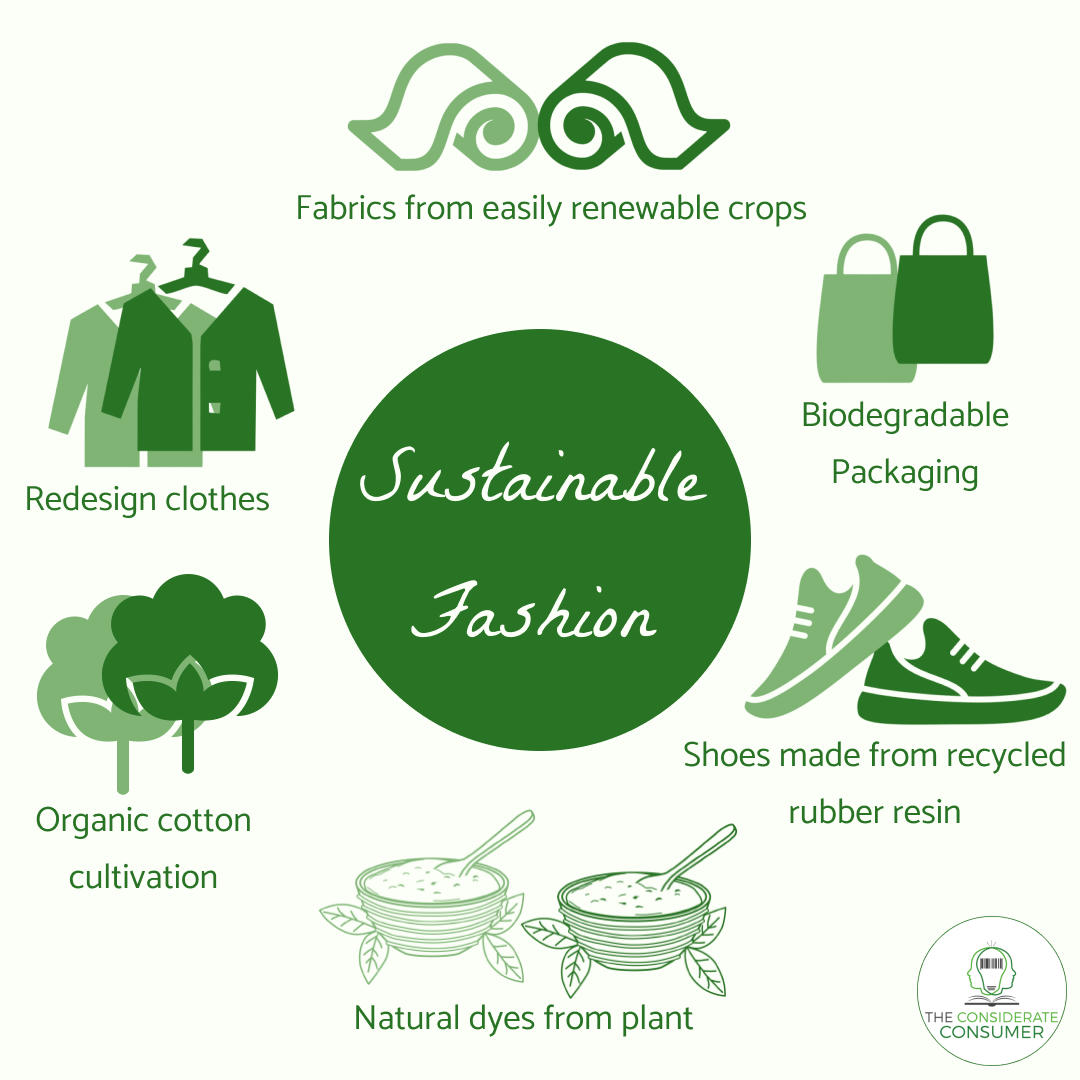Uncover Cape Town Sustainable Fashion Boutiques as well as Brands
Uncover Cape Town Sustainable Fashion Boutiques as well as Brands
Blog Article
Keep Ahead of the Curve by Exploring Cutting-edge Style Patterns
In a market as dynamic as style, staying ahead entails greater than simply following current trends-- it requires an exploration of development. Smart textiles, for example, are transforming garments into functional work of arts, while 3D printing is reinventing layout procedures with its adjustable, waste-reducing capabilities. As sustainability comes to be a foundation, innovations like environmentally friendly materials and circular fashion techniques are reshaping environmental obligation - Cape Town Sustainable Fashion. Furthermore, the merging of modern technology and fashion advertises a brand-new age of customer interaction. Just how, then, can these emerging patterns redefine the future of style, and what implications do they hold for brand names looking for to thrive in this advancing landscape?

Welcoming Smart Textiles
In the last few years, the fashion industry has experienced a transformative change with the combination of smart textiles, an innovative technology that mixes innovation with material. This development stands for not just a combination of aesthetics and functionality however additionally a significant leap towards sustainability and customization in vogue. Smart textiles, likewise understood as e-textiles, installed advanced electronic devices such as sensing units and conductive threads within the material, allowing garments to engage with the environment or the user.
These fabrics are developed to monitor physical criteria, such as heart price or body temperature, supplying real-time health and wellness analytics. Beyond health applications, clever textiles are additionally being made use of for flexible clothing, which can transform shade or pattern in action to ecological stimuli, hence using a dynamic style experience.
Moreover, the growth of energy-harvesting fabrics that produce power from activity or sunshine is paving the means for self-sufficient wearable innovation. This advancement is appealing to ecologically aware customers and designers intending to reduce the ecological impact of style. As research study and growth in this area development, clever textiles are anticipated to become significantly common, reshaping the landscape of contemporary style with their multifunctional abilities.
The Surge of 3D Printing
Transforming the production landscape, 3D printing has become a game-changer in the fashion business. This advanced modern technology has allowed developers to push the limits of creative thinking, generating detailed and customized garments that were formerly unthinkable. By leveraging electronic layout and additive manufacturing, 3D printing promotes the production of intricate geometries and patterns, allowing developers to trying out brand-new appearances and structures.
A significant advantage of 3D printing in vogue is its capacity to produce on-demand, reducing waste and reducing inventory requirements. This performance not only maximizes manufacturing procedures but likewise allows for rapid prototyping, allowing developers to bring their visions to life in a much shorter duration. Moreover, 3D printing sustains modification to a degree unequaled by standard approaches, supplying special layouts and individualized fits tailored to private consumer preferences.
The surge of 3D printing has likewise equalized style, making it accessible to emerging designers who can now make high-quality pieces without substantial financial investment in typical production framework. As modern technology remains to breakthrough, the fashion business is positioned to harness the complete capacity of 3D printing, checking out new materials and strategies that will unquestionably redefine exactly how fashion is developed and created.
Sustainable Fashion Developments
As the apparel industry grapples with journalism demand for ecological obligation, sustainable style advancements have arised at the leading edge of transformative modification. The growing recognition of ecological influence has actually fueled a change towards more eco-conscious techniques and products. Brands and designers are now focusing on sustainability, integrating methods that reduce waste and minimize carbon footprints.
One significant growth is the rise of circular fashion, which stresses recycling and upcycling to extend the lifecycle of garments. This method not only minimizes waste but likewise encourages customers to embrace an extra mindful strategy to garments consumption.
One more breakthrough depends on the adoption of ingenious dyeing strategies that use waterless procedures or natural dyes, thereby decreasing the huge quantities of water and chemicals typically used in textile dyeing. Additionally, improvements in biotechnology have actually brought about the development of lab-grown natural leather and fabrics, providing ecologically pleasant and cruelty-free choices to conventional products. Via these pioneering efforts, the style view it industry is making significant strides towards a much more lasting future.

Tech-Integrated Clothing
Tech-integrated garments represents a groundbreaking blend of style and innovation, improving exactly how individuals connect with their clothing. This cutting-edge domain name is marked by the incorporation of smart textiles and ingrained digital components, boosting both capability and visual appeal. From fitness trackers embedded in sportswear to warmed jackets regulated via mobile phone applications, tech-integrated clothing offers customers unprecedented ease and versatility.
Introducing brands are driving this fad, focusing on producing garments that react to environmental stimulations or individual commands. For example, some garments can transform color or pattern in feedback to temperature level changes, while others incorporate biometric sensors to keep an eye on health and wellness metrics like heart rate or stress and anxiety degrees. The seamless assimilation of modern technology into fabrics additionally encompasses environmental sustainability, with initiatives to create self-cleaning fabrics or garments that get used to weather problems, therefore minimizing the requirement for multiple layers.
In addition, the arrival of wearable technology is not simply limited to clothes however encompasses accessories like watches and eyeglasses, further expanding the scope of tech-integrated fashion. As the sector proceeds to innovate, the possibility for modification and personalization in garments grows, using customers distinct, tech-enhanced style experiences that accommodate their private demands and choices.
Future of Virtual Fashion
In the last few years, the future of virtual style has emerged as a transformative force within the sector, leveraging innovations in electronic modern technology to redefine just how style is produced, experienced, and consumed. By incorporating enhanced fact (AR), online fact (VR), and 3D design devices, developers can now craft immersive and interactive experiences that go beyond traditional fashion borders. Virtual style enables for the development of garments that exist exclusively in electronic atmospheres, supplying unlimited possibilities for technology without the restrictions of physical production.
This electronic shift not just presents chances for imaginative expression yet additionally addresses sustainability concerns fundamental in standard fashion techniques. Cape Town Sustainable Fashion. By removing the need for physical sources, virtual style minimizes waste and minimizes carbon footprints. Moreover, the rise of virtual style lines up with the boosting consumer demand for tailored and unique experiences, as digital garments can be personalized and tailored to private choices with convenience

Final Thought
The fashion industry's future lies in the combination of sustainable practices and ingenious modern technologies. Virtual style is positioned to redefine consumer interactions.
In current years, the fashion market has seen a transformative change with the integration of clever fabrics, an advanced advancement that mixes technology with textile.As the style industry grapples with the pushing demand for environmental duty, lasting style innovations have emerged at the forefront of transformative change.In recent years, the future of digital fashion has actually arised as a transformative pressure within the sector, leveraging pop over to this site innovations in electronic innovation to redefine exactly how fashion is produced, experienced, and eaten. The increase of digital style lines visite site up with the boosting customer demand for tailored and one-of-a-kind experiences, as online garments can be customized and customized to private preferences with ease.
The style market's future lies in the integration of cutting-edge modern technologies and sustainable practices.
Report this page